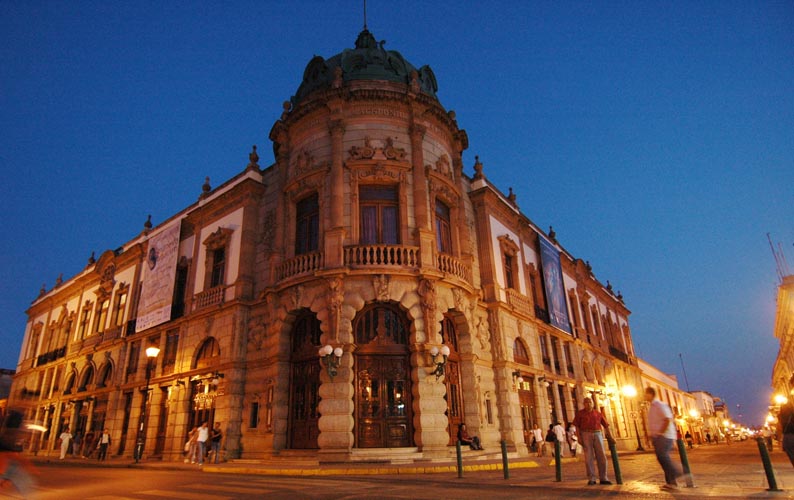Oaxaca
Formerly known as Verde Antequera, Oaxaca finds its meaning in the Nahuatl language as “In the nose of the huajes”.
Its historic center and the archaeological area Monte Alban, were the reason for naming Cultural Heritage.
Why it was named?
Since the sixteenth century, the Historic Center of Oaxaca retains the original perfectly delineated stroke, which as noted, is identical to a chessboard.
Monte Alban ceremonial center brings together a set of pre-Hispanic monuments that hold steles (headstone or pedestal) with hieroglyphics that commemorate important events in the history of the city.
What to do?
Tlayudas test calls, large omelets prepared with cheese. Emblematic and exquisite Oaxacan tamales thousands of tourists waiting to surprise with its flavors.
Walk the Constitution Square, framed by elegant portals built since 1529, enjoying a distinctive rich coffee place a champurrado, drink made tortilla dough, beer or any typical drink of the city.
must
Monte Alban archaeological site, the Temple of Santo Domingo, the Basilica of Our Lady of Soledad, Cathedral City, the Ethnobotanical Garden and Macedonio Alcalá Andador.
Historical origins of Barrio de Xochimilco
The origins of the district of Xochimilco (Nahuatl word meaning “Field of Flowers”) date back to pre-Hispanic times. Its foundation dates from 1486, when a detachment of soldiers, sent by the eighth Mexica tlatoani Ahuízotl, settled in the vicinity of a hill called in Zapotec Dani Noayaa Loani (Cerro Bellavista), which the Nahua called Ehécatl ( god of wind). Today, this elevation is called Cerro del Fortin.
Very close to that site had emerged and flourished since the V century BC was one of the most important settlements in the pre-Hispanic history: Monte Alban, located four kilometers south of where, two thousand years later, the Aztecs founded Xochimilco .
The aqueduct.
The hydraulic work started from the village of San Felipe, crossed the river Jalatlaco on the site called Pozas Arcas or “La Cascada”, passed through Xochimilco by until today called Arquitos of Xochimilco and ended in the water box, in the southwest corner the court of the temple of Carmen Alto, which retains its completion date: 1751. History of Oaxaca, José Antonio Gay points out that the construction of the aqueduct began in 1727, although there are documents which suggest that the work was more old, as revealed by the information published in the Gazeta de Mexico in 1729. funding for the works described by father Gay came not only from the crown, but as Don Juan Gómez benefactors who contributed $ 14, 000.00 for the start works. But this vast work required more investment, same that was covered by Manuel Fernandez Fiallo, Sanchez Manuel Landeta and Sanchez Pascuas.
The height of the aqueduct varied according to the terrain, but reached its highest point in the call Waterfall Xochimilco, under which passed the river from San Felipe. Site consists of a rocky canyon on which large arches were built to keep the flow necessary to achieve the pressure that came to the city level.
Rooms

















